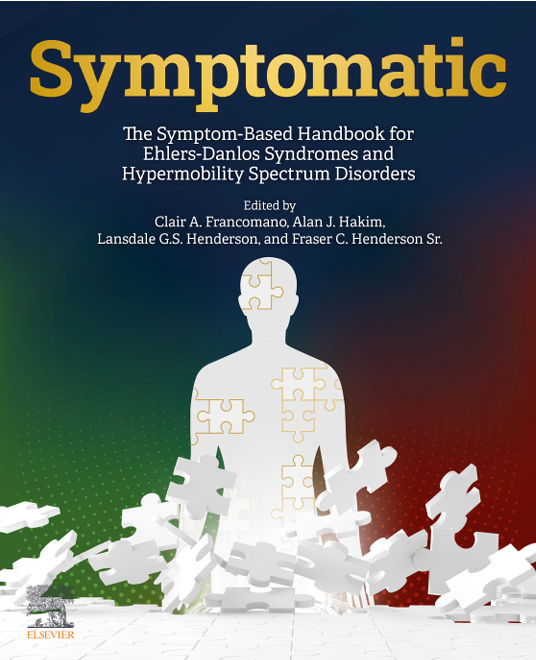The 2017 International Classification of the Ehlers–Danlos Syndromes
- Lara Bloom

- Mar 17, 2017
- 2 min read
Updated: Sep 20, 2019
American Journal of Medical Genetics
Lara Bloom contributing author on 'The 2017 International Classification of the Ehlers–Danlos Syndromes', published in the American Journal of Medical Genetics on 17th March 2017.

This publication clarifies the bases for the diagnosis of and updates the descriptions of more than a dozen different types of the Ehlers-Danlos syndromes. This long-awaited review updates the diagnostic criteria for the first time in 20 years, and provides management and care guidelines. It also introduces the newly-described hypermobility spectrum disorders.
“This publication is a game-changer for the Ehlers-Danlos community,” says Dr. Clair Francomano, Geneticist and Director of the Ehlers-Danlos Society Center for EDS Research and Clinical Care, and a co-author of the publication. “Up to this point, research into the Ehlers-Danlos syndromes has suffered from a lack of coordination and much of it has been based on outdated and incomplete diagnostic criteria. Moreover, clinical care for these patients has been compromised because physicians and other health-care professionals are generally not familiar with the wide range of manifestations and comorbidities that may be seen in these conditions. There have been no standardized guidelines for care. We hope that this update will help educate the healthcare community and promote greater awareness and understanding of the Ehlers-Danlos syndromes.”
Echoing the anticipated benefits of the new publications is Lara Bloom, President and CEO of The Ehlers-Danlos Society and author on the publication. “One clinician, who has worked with people with Ehlers-Danlos syndromes since 1965, has referred to Ehlers-Danlos as, ‘the most neglected disorder in modern medicine’. That call resonated with patients who, with their doctors, struggled to find guidelines for diagnosis and care that reflected the emerging understanding of the guises under which Ehlers-Danlos hid and the many manifestations that may have seemed unrelated. This new summary provides guidance for families and caretakers so that neither geography nor specialty determines your quality of life,” said Bloom, citing the difficulty of finding knowledgeable clinicians outside of major research hubs. “This international collaborative effort of dedicated clinicians and researchers worked tirelessly to crystallize our current understanding of the Ehlers-Danlos syndromes in ways that are immediately applicable to care and provide the medical community with tools that they have long awaited.”



Comments